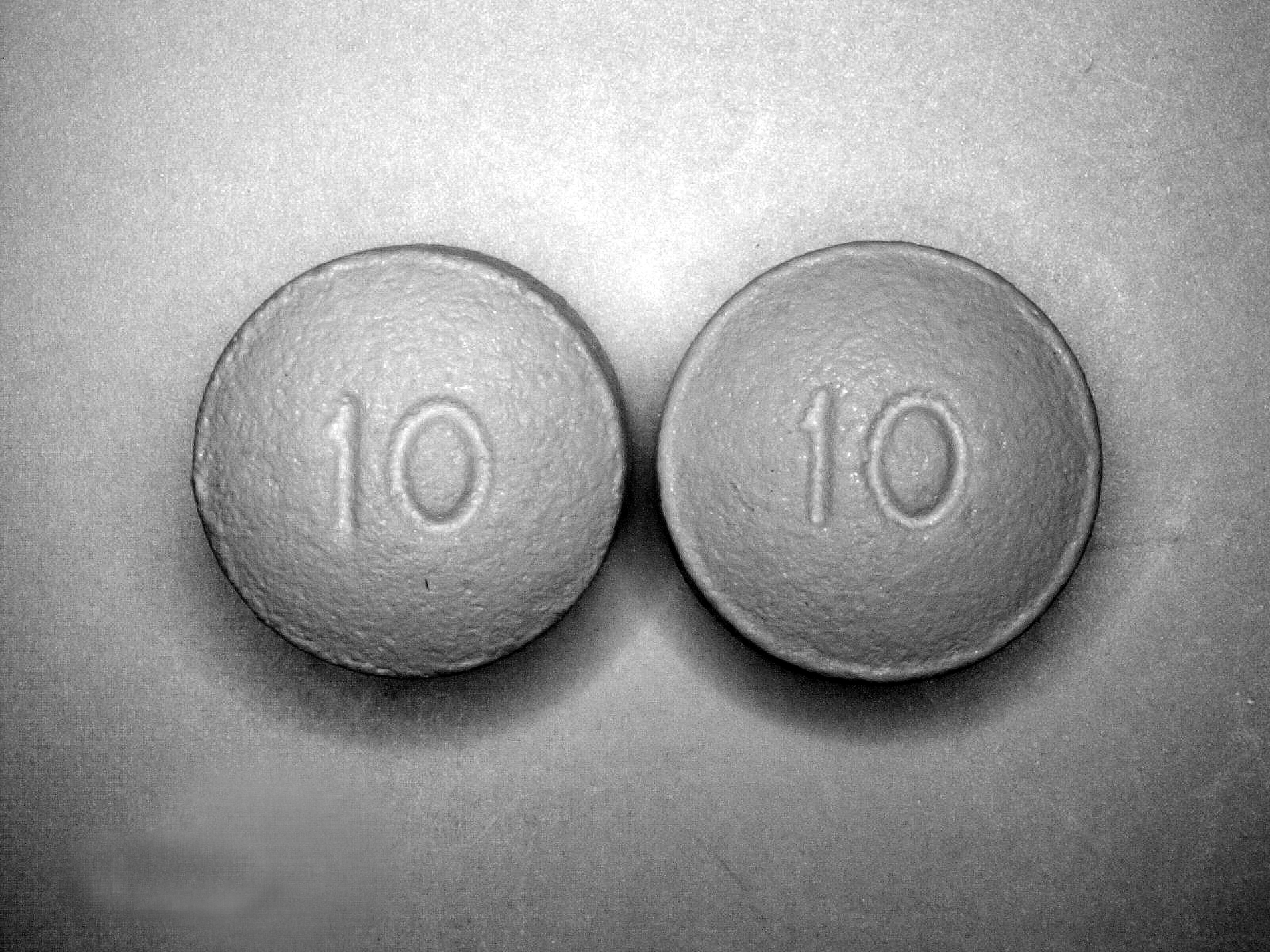How We Got Here
Opioid Epidemic Timeline

1911-1990s
Opioid pain medications were used primarily for acute pain and cancer pain. Studies showing inadequate treatment by physicians of chronic, non-cancer pain led to an increased use of opioids.
1995
OxyContin was approved, a oxycodone controlled-release drug. It was the first formulation of oxycodone that allowed dosing every 12 hours instead of every 4 to 6 hours. OxyContin would soon become a focal point of opioid abuse issues that would continue to escalate into the late 2000s and beyond.
1996
Medical field supports notion that pain is the fifth vital sign and begins prescribing more such medications. Other vital signs include blood pressure, heart rate, respiratory rate and temperature.
1997
Pain medications that contain oxycodone and hydrocodone become No. 1 prescription in U.S., leading to dependency outside of the traditional drug culture. Users in many cases moved on to heroin because it was cheaper.
2000
In Ohio, there were 411 fatal unintentional drug overdoses in 2000. Reports of overdose and death from prescription pain drugs, especially OxyContin, began to rise sharply.
2007
Unintentional drug poisoning became the leading cause of injury death in Ohio, surpassing motor vehicle crashes for the first time on record.
2010
FDA approved a new formulation of OxyContin designed to deter abuse. There is a recommended voluntary market withdrawal of propoxyphene, sold under the name Darvon. New data showed the drug could cause serious toxicity to the heart, even in therapeutic doses.
2012
Unintentional fatal drug overdoses cost Ohioans $2 billion in medical and work loss costs; non-fatal, hospital-admitted drug poisonings cost an additional $39.1 million. The total cost equaled an average of $5.4 million each day in medical and work loss costs in Ohio.
2013
FDA issued a draft guidance to assist industry in developing new formulations of opioid drugs with abuse-deterrent properties, Guidance for Industry: Abuse-Deterrent Opioids – Evaluation and Labeling
2015
Ohio’s death rate due to unintentional drug poisonings increased 642 percent since 2010, totaling 3,050. The increase in deaths was driven largely by opioid-related overdoses. FDA approved Narcan nasal spray, the first FDA-approved nasal spray version of naloxone hydrochloride, a life-saving medication that can temporarily stop or reverse the effects of an opioid overdose.
2016
On average, eight people die each day in Ohio and 13 in Pennsylvania due to unintentional drug overdoes . The FDA continues to research appropriate prescription opioid usage for pediatric patients.
Source: U.S. Food and Drug Administration, Centers for Disease Control and Prevention

























